CHARLESTON, W.Va. — There is perhaps no more extraordinary place of honor for a statue in West Virginia than in the plaza in front of its state Capitol.
And perhaps there is no better statue to raise there than that of Abraham Lincoln, who signed the proclamation that brought the state into being.
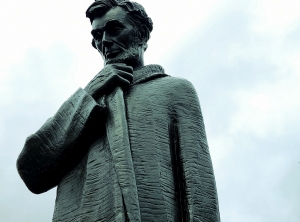
However, what's now one of Lincoln's most famous statues, "Abraham Lincoln Walks At Midnight," wasn't placed until 1970, long after many statues of the statesman had been raised in other U.S. states.
Louis Bing, who took notice of the "error of omission" while a young girl traveling the country with her aunt, Lida S. Lucas, decided to take action after years of mulling it over.
"We saw statues of Lincoln everywhere but where he belongs — in West Virginia," Bing told Charleston Daily Mail reporter Wilma Higginbotham in 1970.
And so began a multi-year mission that, in the end, achieved two objectives. It saw a statue raised to Lincoln in West Virginia, and it shed light on a famous sculpture, who surprisingly turned out to be from the state.
Fred M. Torrey, born and raised in Fairmont, West Virginia, had moved to Des Moines, Iowa, and became famous worldwide for his Lincoln statues, though Bing wouldn't realize that until her correspondence with Torrey had commenced.
Torrey told Bing that he had been inspired by a reading of the 1914 poem by Vachel Lindsay, "Abraham Lincoln Walks At Midnight," and in 1933, had unveiled a statue based on the piece.
The poem captures the concern of Lincoln's ghost, who walks the streets of Springfield, Illinois, pondering the grief of World War I.
"I was overcome with desire to get into my studio and create the image suggested to my mind," Torrey said. "I could hardly wait."
The result was an image of the late statesmen, head bowed, cloaked in a long robe. In 1939, he unveiled it as a model at the World's Fair.
Torrey agreed to provide Bing rights to the work for $25,000 to $30,000, and Bing reached out to Governor William Wallace Barron to take up the project, but he declined. Stung but not dissuaded, she reached out to Jim Comstock, the editor of the influential West Virginia Hillbilly newspaper.
Comstock leaped to action, reaching out to others who could provide energy, including Bill Bryant, the mayor of Summersville, West Virginia.
"I knew that Miss Bing's idea called for a man who would roll up his sleeves and go to work," Comstock reported in 1970 in his W.Va. Heritage Encyclopedia.
"The workingest man in West Virginia at that time was Summersville's mayor," Comstock recalled. "I tricked him into accepting the job. At that time, I was conducting an off-and-on television celebrity interview show for Jack Oblinger of WCHS-TV. One of my guests was Bill Bryant. Halfway through the show, I said, "Bill, I have a job I'd like you to tackle, along with the many things you are doing.
"And there the assignment was made and made where and in a way that could hardly be denied."
Bing and Bryant flew to meet Torrey and his studio in Des Moines in 1966. Bryant felt he could acquire as much as $40,000 in donations; however, Torry agreed to provide a model of the statue for $5,000. The W.Va. Board of Public Works permitted the statue's placement on the capitol grounds.
However, the drive went slowly, according to Comstock, who said Bryant's proposal to solicit pennies and dimes from school children was met with opposition. However, the West Virginia Arts & Humanities Council agree to match the funds, saving the project.
However, Torrey died in 1967, before the sum was raised, and the project was delayed until 1969, when Bryant flew back to Des Moines to pay Torry's wife, Mabel Torrey.
The full-scale statue was completed by Charleston sculptor Bernie Weiper and cast in bronze in Kingwood. Governor Arch Moore unveiled the work on February 12, 1970 — Lincoln's 161st birthday.
Abraham Lincoln Walks at Midnight
BY VACHEL LINDSAY
(In Springfield, Illinois)
It is portentous, and a thing of state
That here at midnight, in our little town
A mourning figure walks, and will not rest,
Near the old court-house pacing up and down.
Or by his homestead, or in shadowed yards
He lingers where his children used to play,
Or through the market, on the well-worn stones
He stalks until the dawn-stars burn away.
A bronzed, lank man! His suit of ancient black,
A famous high top-hat and plain worn shawl
Make him the quaint great figure that men love,
The prairie-lawyer, master of us all.
He cannot sleep upon his hillside now.
He is among us:—as in times before!
And we who toss and lie awake for long
Breathe deep, and start, to see him pass the door.
His head is bowed. He thinks on men and kings.
Yea, when the sick world cries, how can he sleep?
Too many peasants fight, they know not why,
Too many homesteads in black terror weep.
The sins of all the war-lords burn his heart.
He sees the dreadnaughts scouring every main.
He carries on his shawl-wrapped shoulders now
The bitterness, the folly and the pain.
He cannot rest until a spirit-dawn
Shall come;—the shining hope of Europe free;
The league of sober folk, the Workers' Earth,
Bringing long peace to Cornland, Alp and Sea.
It breaks his heart that kings must murder still,
That all his hours of travail here for men
Seem yet in vain. And who will bring white peace
That he may sleep upon his hill again?
Sign up to receive a FREE copy of the West Virginia Explorer Magazine newsletter in your weekly email. Sign me up!

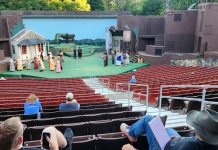
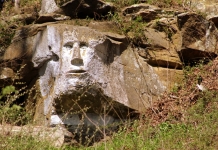


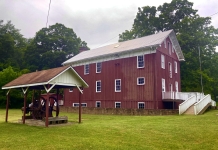
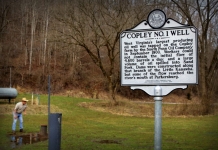
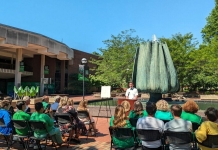
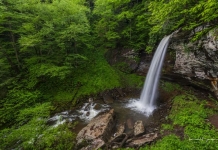

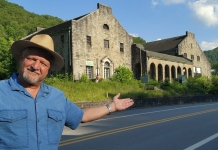


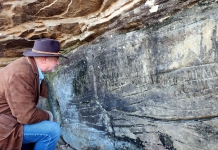
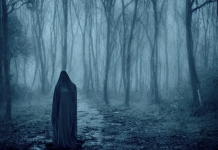
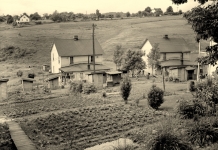
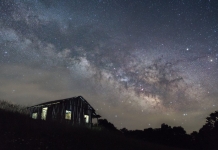




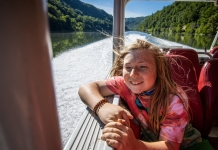
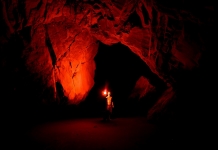
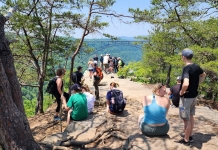

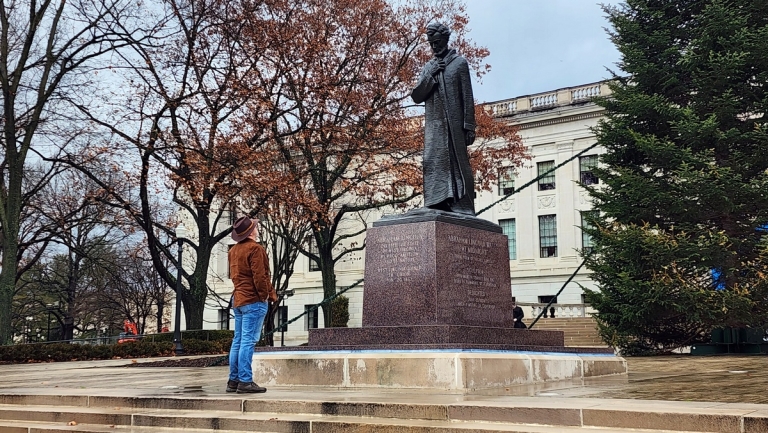






Facebook Comments